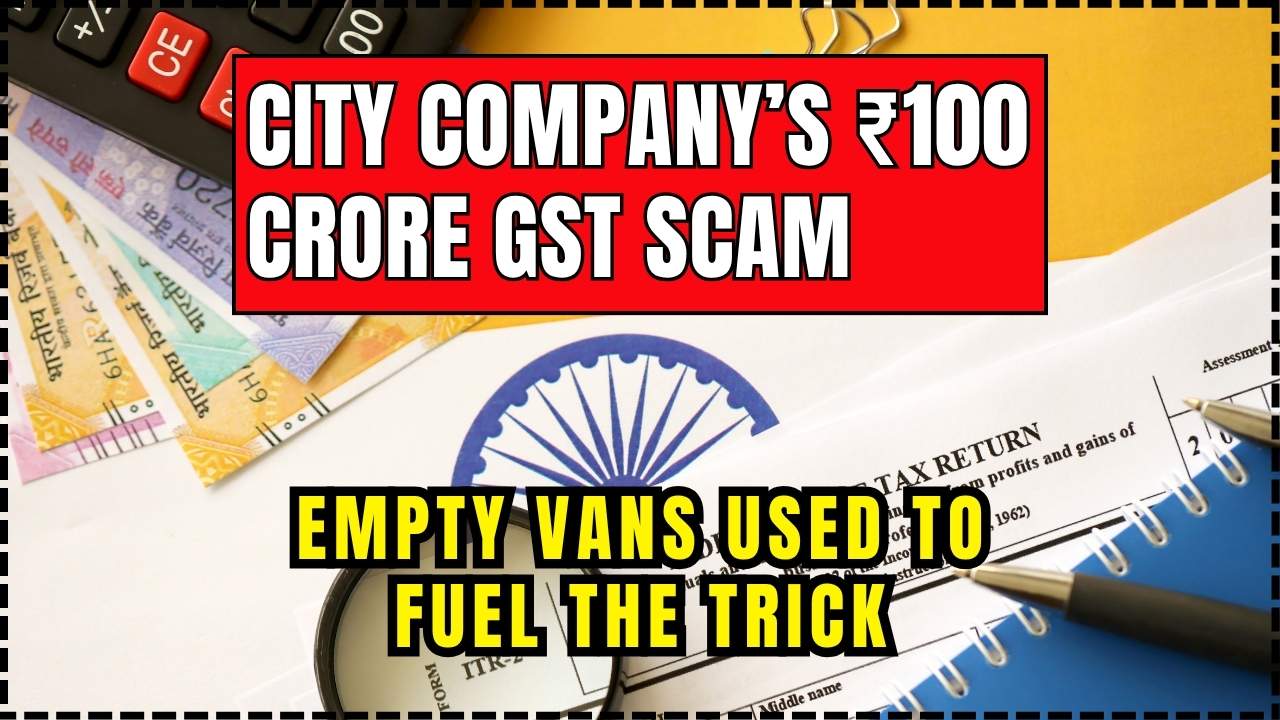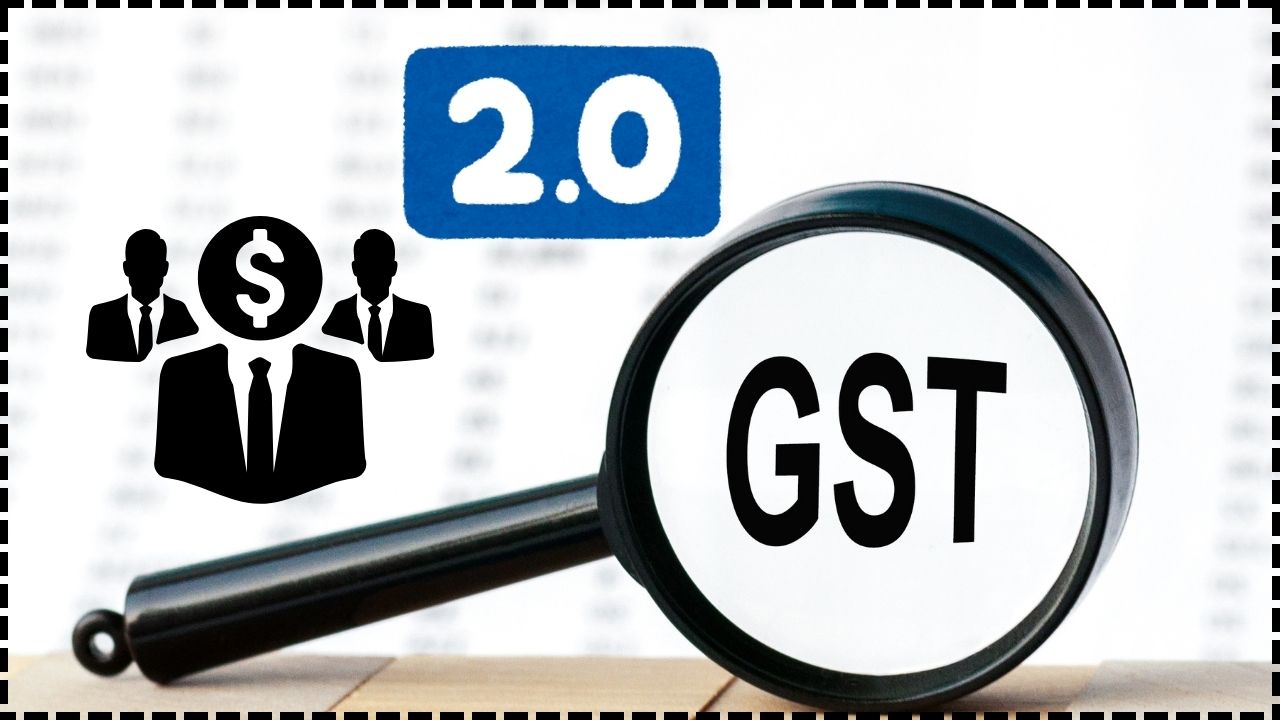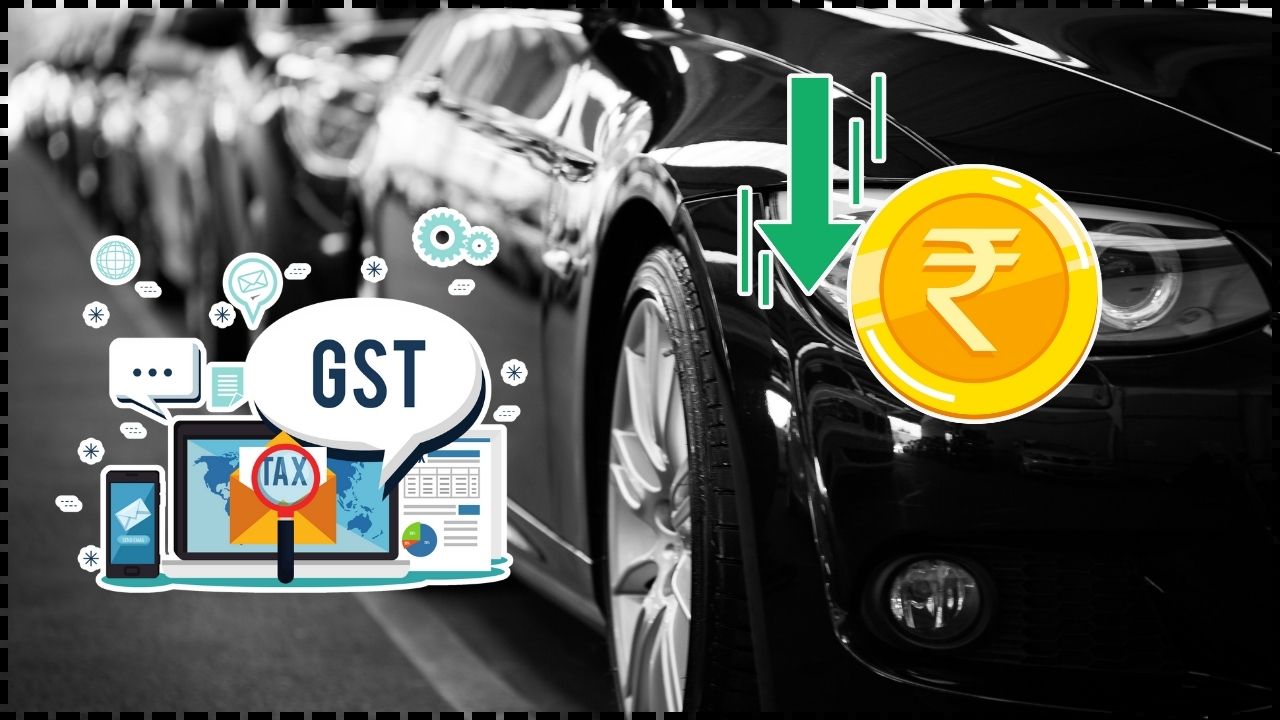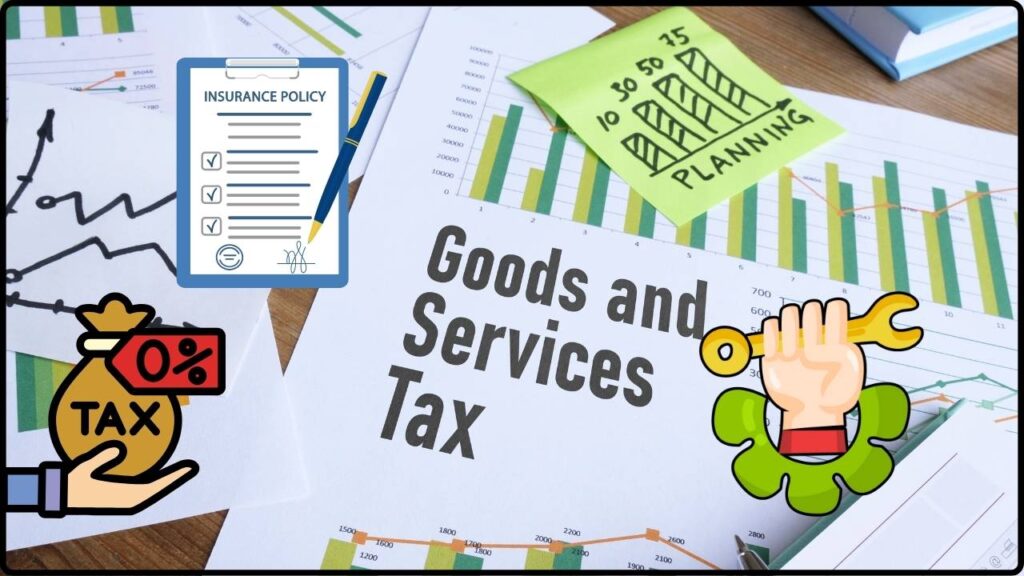
GST Reforms Update: When it comes to GST reforms, one of the biggest conversations happening in India right now is: “Will insurance finally get tax exemption?” It may sound like a technical policy change, but in reality, this could affect the pocketbooks of millions of families, professionals, and businesses. For years, critics have argued that insurance premiums shouldn’t be taxed like luxury items. Insurance isn’t a vacation, a car, or a designer handbag—it’s financial protection, often the only lifeline during medical emergencies or sudden deaths in the family. By slapping an 18% Goods and Services Tax (GST) on health and life insurance, India has effectively made protection less affordable for the very people who need it most.
Now, the GST Council—the body that sets tax rules in India—is reviewing whether to scrap this 18% GST on individual health and life insurance premiums. If this goes through, the move could significantly boost insurance adoption, cut costs for families, and align India with global best practices. But like every reform, the devil is in the details.
GST Reforms Update
So, will insurance finally get GST exemption? Signs strongly suggest yes. But the final benefit for policyholders depends on whether insurers can retain Input Tax Credit. Without ITC, insurers may raise base premiums, meaning you save less than expected. Still, this reform is a positive step. Cheaper premiums make insurance accessible to millions, reduce healthcare poverty, and align India with global practices. For families, professionals, and investors, the GST Council’s September 2025 decision will be a landmark moment.
| Point | Details |
|---|---|
| Proposal | Exemption of 18% GST on life and health insurance premiums |
| Who Gains | Policyholders (families, young professionals, retirees, rural buyers) |
| Industry Concerns | Loss of Input Tax Credit (ITC), potential base premium hikes |
| Govt. Revenue Impact | Estimated ₹8,000–10,000 crore (~$1B–1.2B USD) annual loss |
| Decision Timeline | GST Council meeting, mid-September 2025 |
| Global Perspective | U.S., UK, Singapore exempt or subsidize insurance premiums |
| Official Source | GST Council Website |
A Quick History: How We Got Here
The Goods and Services Tax (GST) was rolled out in July 2017 as India’s biggest tax reform in decades. It replaced a messy web of state and central taxes with a unified system. While this simplified business, one controversial decision was to tax insurance premiums at 18%, higher than the earlier 15% service tax.
The idea was to treat insurance like any other “financial service.” But critics pointed out the flaw immediately: insurance isn’t discretionary spending—it’s a necessity.
Over time, as healthcare costs in India skyrocketed—medical inflation now averages 14% per year—insurance became even more important. Yet adoption rates remain shockingly low. According to the Insurance Regulatory and Development Authority of India (IRDAI), only about 3% of Indians have private health insurance, and life insurance penetration is around 4% of GDP, far below the global average of 7%.
The GST burden hasn’t helped. Every extra dollar of tax has made premiums harder to afford, particularly for low- and middle-income households. This history explains why reform has become urgent in 2025.
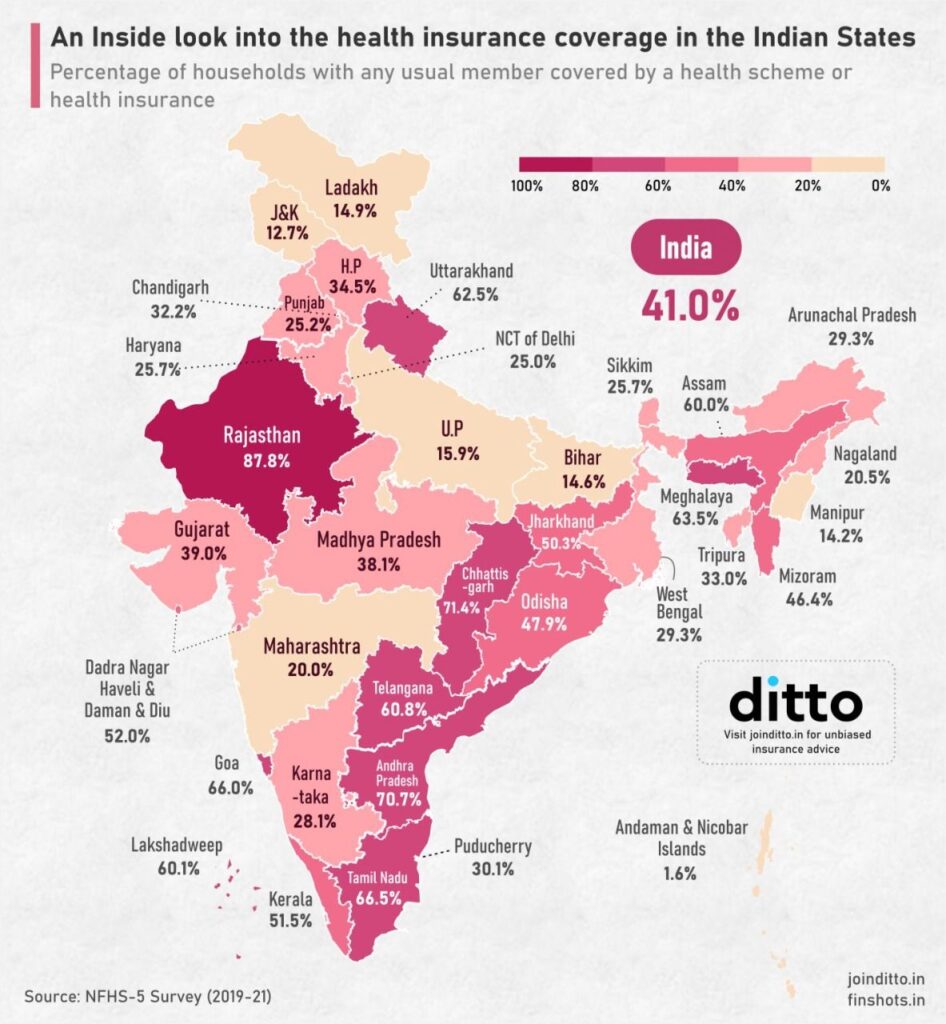
Why This Matters for Everyday Families?
For a policy change to resonate, people need to see the numbers. Let’s break it down:
- Urban Middle-Class Family in Delhi: Health premium = ₹30,000 (
$360). With GST, they pay ₹35,400 ($425). Removing GST saves them $65. That may cover a week of groceries, utilities, or school supplies. - Young IT Professional in Bengaluru: Term life premium = ₹12,000 (
$145). With GST, the bill jumps to ₹14,160 ($172). If GST is scrapped, they pocket $27—pizza money for a month, but also motivation to invest in coverage. - Senior Citizen Couple in Mumbai: Premium = ₹50,000 (
$600). With GST, the total is ₹59,000 ($710). Removing GST saves $110—money that could pay for essential medications or routine doctor visits. - Rural Farmer in Bihar: A modest plan of ₹6,000 annually balloons to ₹7,080 with GST. Exemption saves ₹1,080—enough for fertilizer, seeds, or a month’s food supply.
Insurance isn’t a one-time cost. These savings are annual—meaning the impact multiplies over decades. For families on tight budgets, this isn’t just small change—it’s survival money.
The Catch: Why Insurers Are Nervous
Consumers are excited, but insurers aren’t popping champagne just yet. The concern lies in something called the Input Tax Credit (ITC).
Currently, because insurance is taxed, insurers can claim ITC on the GST they pay for services like:
- Technology platforms and software
- Hospital partnerships and health networks
- Office rentals and professional fees
- Training and recruitment services
If insurance premiums are exempted, insurers lose ITC rights. This means they pay GST on their costs but can’t reclaim it. That’s a direct hit to profitability.
How will insurers respond?
- Raise Base Premiums: To recover costs, they might hike raw premiums.
- Shrink Margins: Smaller insurers could get squeezed out, reducing competition.
- Pass Only Partial Savings to Consumers: Instead of 18%, policyholders may see only 5–15% savings.
Some experts suggest a middle path: making insurance zero-rated (0% GST but ITC retained). This system exists in exports and essentials. It would ensure affordability without hurting insurers. Sadly, the current debate is only about exemption—not zero-rating.
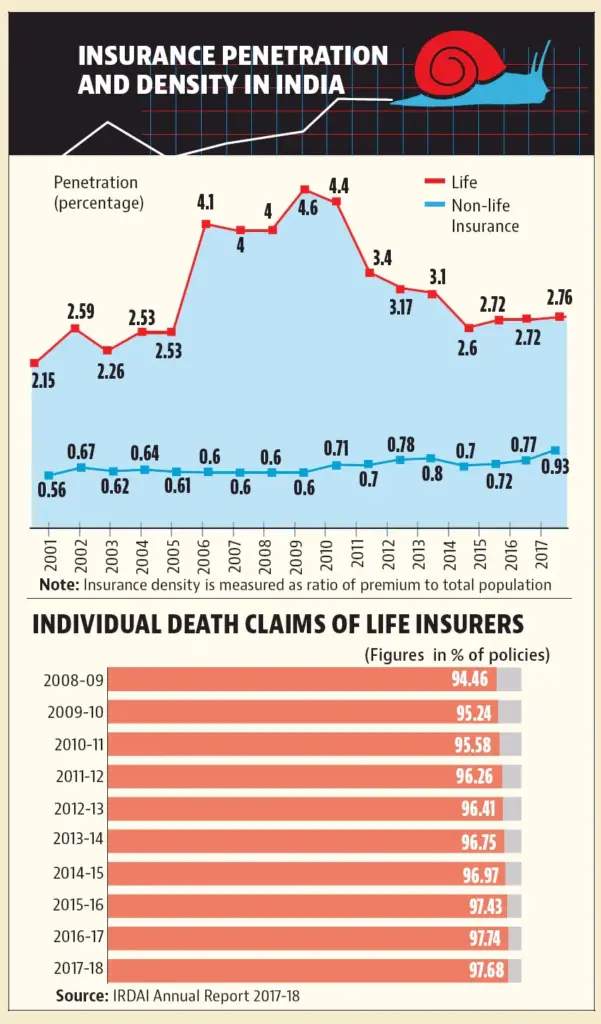
Global Comparisons: How Other Countries Do It
India isn’t alone in wrestling with this. Let’s compare:
- United States: No GST or VAT on insurance. Premiums are regulated by states, and health plans are subsidized under the Affordable Care Act. The U.S. government treats insurance as a necessity.
- United Kingdom: Insurance is exempt from VAT, but insurers can’t claim ITC. The situation is similar to what India may adopt.
- Singapore: No GST on life insurance. Health insurance is supported by MediShield Life, a government-subsidized program.
- Australia: Instead of taxing premiums, the government provides tax rebates to encourage people to buy private health insurance.
- Canada: Health insurance is often bundled with public healthcare and exempt from consumption taxes.
If India scraps GST on insurance, it would join the majority of countries that view insurance as essential, not optional. This could also boost India’s credibility in global health and financial forums.
Economic Impact of GST Reforms Update: The Trade-Offs
This reform won’t come cheap for the government.
- Revenue Loss: Experts project a shortfall of ₹8,000–10,000 crore annually (~$1B–1.2B). While this is less than 0.5% of India’s tax revenues, it’s still significant.
- Insurance Penetration Boost: By reducing costs, more families may buy insurance, expanding coverage beyond today’s 3–4% penetration. That’s critical because out-of-pocket health spending currently makes up 48% of total health expenditure in India.
- Stock Market Reaction: When the news broke, insurance stocks like HDFC Life, SBI Life, and ICICI Prudential surged 5–7% in a single day. Investors see long-term demand growth.
- Healthcare System Relief: Broader insurance coverage reduces pressure on public hospitals and government subsidies, balancing the fiscal loss over time.
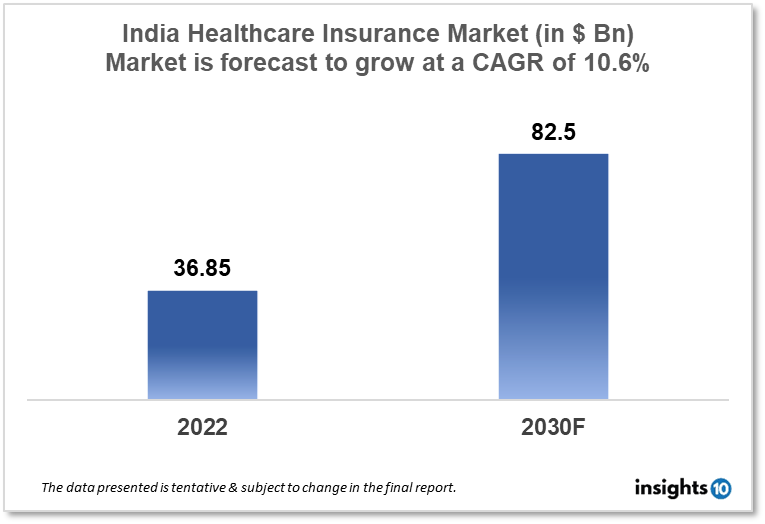
Case Studies: Real-Life Impact
- Urban Professional Family: Rajesh, a 40-year-old IT manager in Delhi, pays ₹40,000 annually for his family’s health plan. With GST, that’s ₹47,200. Removing GST saves him ₹7,200—enough to cover his daughter’s extracurricular classes.
- Small-Town Business Owner: Meera runs a tailoring shop in Lucknow. Her health plan costs ₹15,000, inflated to ₹17,700 by GST. Removing GST saves ₹2,700—about a month’s electricity bill for her shop.
- Senior Couple: Retired schoolteachers in Pune paying ₹60,000 in premiums end up shelling out ₹70,800 with GST. An exemption saves ₹10,800—covering two months of medicines and doctor consultations.
These stories highlight how the impact differs, but in every case, the exemption eases financial stress.
Professional & Career Angle
For financial advisors, insurance agents, and healthcare professionals, this reform could transform their work:
- Simpler Sales Pitch: Lower premiums make it easier to convince clients, especially first-time buyers.
- Market Expansion: Millions of uninsured families may now find insurance affordable.
- Advisory Opportunities: Advisors who explain GST changes clearly will gain trust and grow their client base.
- Career Growth: Insurance jobs may grow as more demand floods in, creating opportunities in sales, claims, underwriting, and customer service.
If you’re a financial professional, staying ahead of these changes isn’t optional—it’s essential.
Practical Advice for Consumers
- Don’t Cancel Current Policies: Insurance is about protection, not timing. If GST reform happens, your premiums will be adjusted.
- Time Purchases Strategically: If you’re planning a new policy, it may be wise to wait until after the September 2025 GST Council decision.
- Ask About Pass-Through Benefits: When insurers adjust rates, ask if the full GST savings are being passed to you.
- Review Annual Premiums: Revisit your budget once reforms are in place—use the savings to increase coverage or add riders.
- Think Generationally: For younger families, lower costs mean earlier access. The earlier you buy insurance, the cheaper it is long-term.
GST Structure Simplified – Key Changes Explained
GST Reform May Cost Billions in Revenue – But Could Lower Costs Fuel Spending?
Could a 15% GST Actually Help Young Australians? The Surprising Argument for Reform

